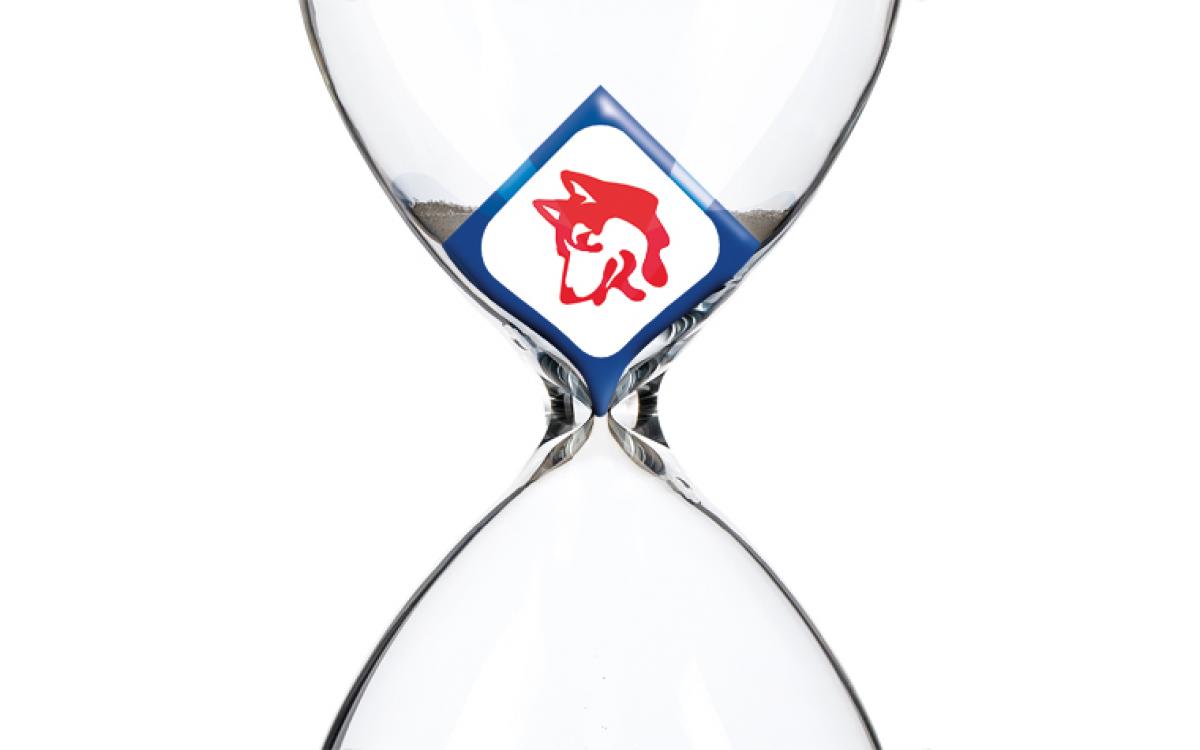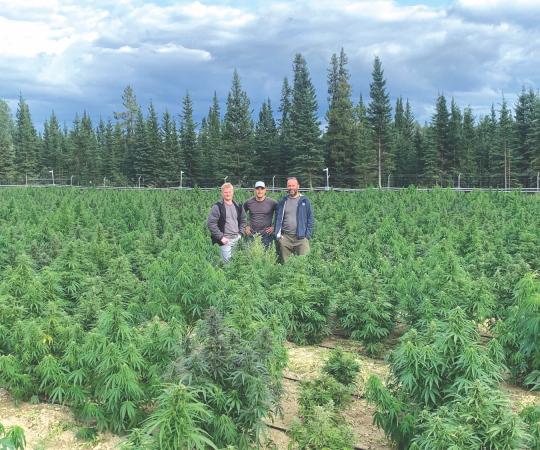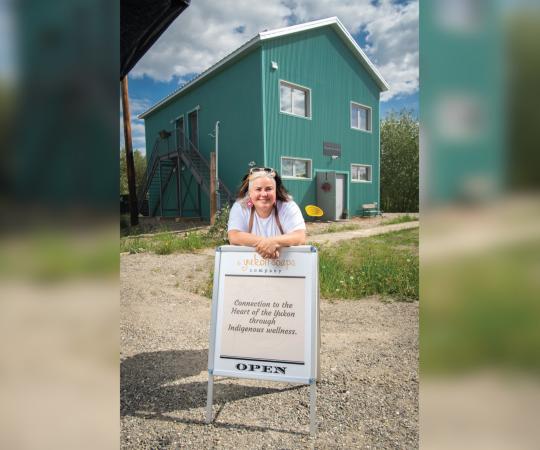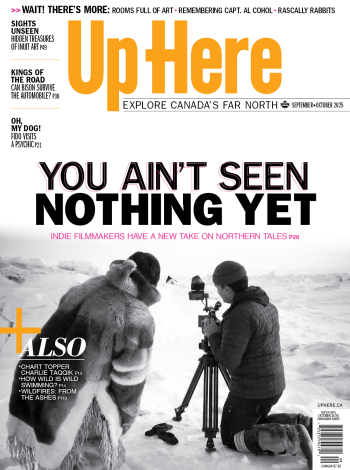The proposed project was small. The company would drill 100-plus exploratory holes into the sand, set up a small camp, and maybe cut down a few trees for helicopter landing sites. But the project faced strong opposition from groups across the NWT and in February the board decided the public concern warranted a full environmental assessment. The company pulled its application. With the help of Isabella Tatar, a consultant with experience liaising between resource companies and aboriginal groups, here’s why even if you’re getting (most) things right with your application in the North, everything can still go wrong:
First, what Husky did right
›› Offered studies. A historically significant battle between Tłįchǫ and Akaitcho Dene occurred near Whitebeach Point. The area is of cultural and spiritual significance to the Yellowknives Dene and Tłįchǫ First Nations, so it was important that Husky supported both a traditional knowledge and archeological impact assessment.
›› Engaged early. The Yellowknives commented on the application that they were pleased with Husky’s engagement. It seemed local governments, First Nations and other groups were told about the project early, and weren’t surprised.
›› Made their plans public. Groups got a good idea of the scope of Husky’s plans—understanding it was a fairly simple exploration project, down to the amount of drillholes the company planned.
Tatar: “From the record it looks like they were well on the way, and I think, personally, they were surprised by the referral to environmental assessment.”
What went wrong
Tatar: “All the debates about what should be happening in the NWT with respect to resource development all took place on this one application … you couldn’t have had a worse confluence of factors coming together if you even tried.”
›› Significance of the region. Although mineral claims were already staked at the site, the Tłįchǫ and North Slave Metis Alliance were actively working to set up a protected area at Whitebeach Point. The idea that any resource development would take place there was troubling to all groups involved.
›› Regulatory controversy. After devolution, the NWT began making moves to create a singular “Superboard” instead of regional land and water boards. Many First Nations opposed this, including the Tłįchǫ , who filed an injunction in the NWT Supreme Court in March 2015—shortly after Husky’s permit was sent for environmental assessment. This complicated the application.
›› Controversy over fracking. Ah, the ‘f’ word. While no hydraulic fracturing would take place on site, or anywhere near the project, the silica Husky sought at Whitebeach could eventually be used to frack. Yellowknives Chief Ed Sangris told the local News/North newspaper, “We don’t want to be contributing to fracking. We don’t want to contribute to the damage in other parts of the territory.”
What Husky missed
›› Spelling. Husky continually referred to the Tłįchǫ Government without using the proper characters. “We recommend that the proponent utilizes the correct name for the government they are engaging with in their engagement plan,” the First Nation commented in a report. Ouch.
›› Tricky language. “Mini-excavator.” “Mini-bulk.” “Test pits.” The terms raised suspicion. (I mean, “mini-bulk?” Isn’t that a contradiction?) The Tłįchǫ submitted: “We are concerned that the use of the term ‘mini’ is used intentionally to underplay the extent of the bulk sample.” The ‘mini-bulk’ samples (10 tonnes) would be taken out of ‘test pits’ (3-metre diameter holes) with a mini-excavator (excavator?). Such terms might be accepted in the industry, but to a layman, 10 ton s is not “mini.”
›› Mission creep. During initial engagements, Husky repeatedly talked about a 100-hole drill program. But in the actual application, First Nations groups were surprised to see that number rose to 200, alongside notes about the possible construction of a winter trail, with a camp and helicopter pads included. This caught many off guard, and the Yellowknives Dene withdrew their support of the project because of it.
Tatar: “[It’s important] for all companies wanting to undertake natural resource projects to look at the bigger picture and examine the context in which they will be operating, so they understand not only the groups with whom they need to engage and consult, but also the other social, economic, political and legal factors that may impact their proposed project.”
And, seriously, get their names right.










